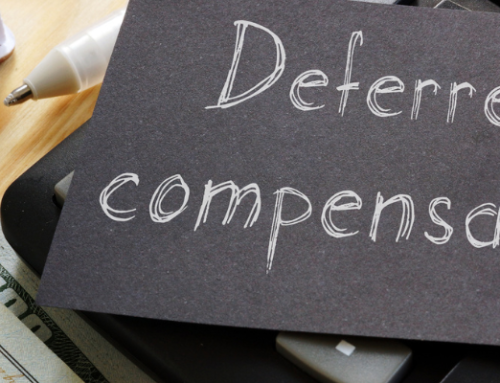COVID-19 hit not-for-profits in various ways. Many faced increasing demand during a time when fundraising declined, and expenses increased. Some furloughed or laid off staff or cut back on programming. Yet, by the end of 2020, 41 percent of not-for-profits reported higher private donations than the year before, and a quarter responded that the number of new donors increased, too.
Part of the recovery effort for many organizations came from grants. While these funds have directly helped not-for-profits keep their doors open, many executives may not realize that some of these funds could trigger a single audit. The CARES Act authorized more than 15 federal grants for COVID-related not-for-profit relief on top of the Economic Injury Disaster Loans (EIDLs). EIDL, as well as 45 percent of CARES Act federal funding, will trigger a single audit for organizations that spent more than $750,000 in total federal funds from all sources, whether received directly or indirectly through another entity. For-profit organizations are subject to the same single audit requirements.
It’s not always easy to distinguish the origin of funding. Even if it seems like the state is awarding funds, not-for-profit leaders need to trace the fund’s origin to identify whether there will be additional requirements for reporting and auditing.
What Is a Single Audit?
Organizations that don’t usually receive federal grant money might be unfamiliar with single audits. COVID-19 created an environment where many more organizations will be subject to single audit requirements, so it’s worth it to gain a better understanding of what they are and whether they could be subject to new or different audit requirements.
A single audit is a reporting mechanism required for not-for-profits that spend federal grant money in excess of $750,000. It ensures that the grant money has been spent according to its purpose and within the confines are the applicable compliance requirements. No two single audits are the same, as specific requirements can vary according to the grant program. It’s also important to note that the $750,000 threshold is the total grant money spent for the entire year – meaning that more than one grant could comprise the $750,000 threshold. It is possible for lower amounts of federal grants to be subject to single audits, too.
During 2020, billions of dollars in federal grants were awarded under uncertain terms. Many healthcare entities will be subject to single audits for the first time as recipients of Provider Relief Funds, for example.
Complicating matters is that single audits for organizations with June 30 year ends are due March 31, 2021 – which doesn’t leave much time to find out if a single audit is required or what the specific guidance is for CARES Act-related funds. Further, some federal funding is exempt from single audit requirements, such as the Payroll Protection Program funding.
How to Tell if Funding Is Federal
Our best guidance for not-for-profit leaders is not to assume they know for sure where funding originates from. These tips can help to distinguish between federal funding and other types.
If the award notices reference any of these items, a single audit may be a requirement.
- Catalog of Federal Domestic Assistance (CFDA) number
- Uniform Guidance (UG) or OMB A-133, superseded reference, but often still used
- Code of Federal Regulations (CFR)
- Funding Opportunity Number, which is a number that a federal agency assigns to its grant announcements
Additionally, if funding came from a newly created state program as a result of COVID-19, the state may be allocating some of its federal Coronavirus Relief Funding from the federal government to a certain state purpose. This piece is tricky to interpret, as some articles read this state relief as though the state truly is funding the program, rather than allocating funding from the state’s own federal government COVID-19 relief money.
Finally, look for language referring to the Coronavirus Relief Fund, Education Stabilization Fund, or Economic Injury Disaster Loans.
There is also a list of COVID-related federal funding in which Uniform Guidance applies that will be helpful for determining whether a single audit is likely to be triggered. Look for PBMares guidance on this subject in a forthcoming post.
This can be a difficult area to navigate and updated guidance can sometimes be hard to find. As we saw with many large-scale federal government programs, be it the CARES Act or Tax Cuts and Jobs Act, legislation and compliance guidelines are often issued months or even years after the fact.
Not-for-profit leaders that have questions about funding compliance requirements or single audits should reach out to Not-for-Profit expert Shawn Middleton, CPA for clarification. Especially for June 30 year-end organizations, time is running out to adequately plan for new audit requirements.





